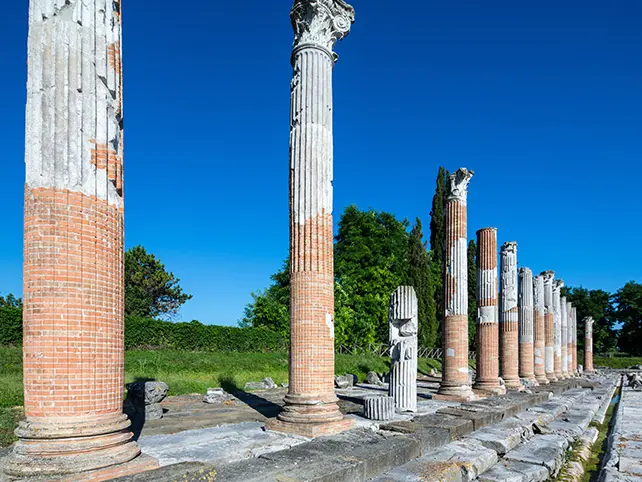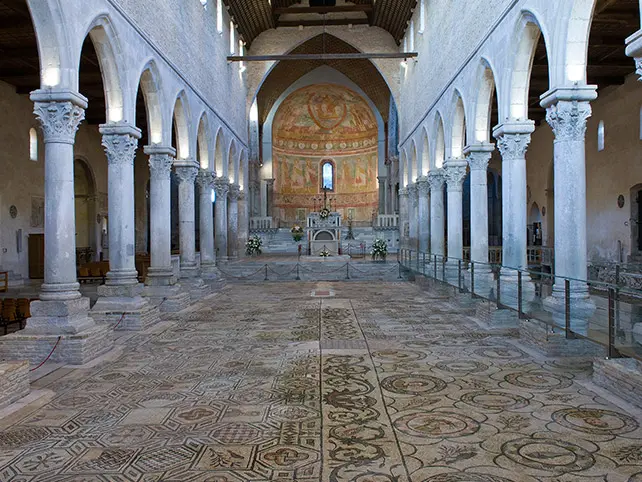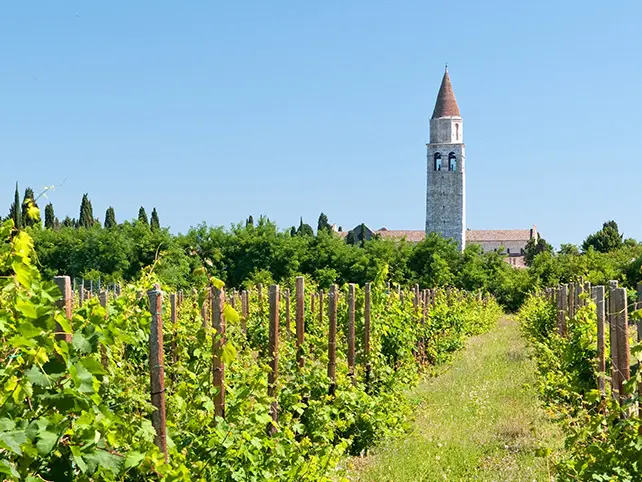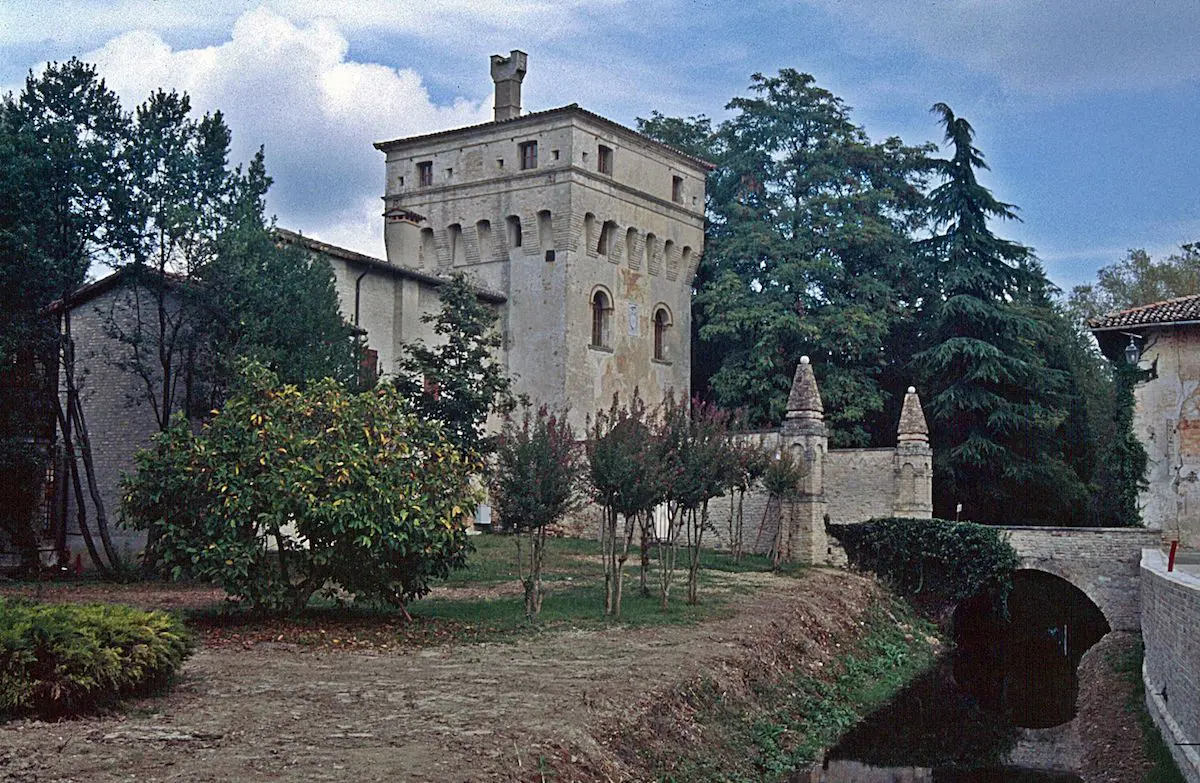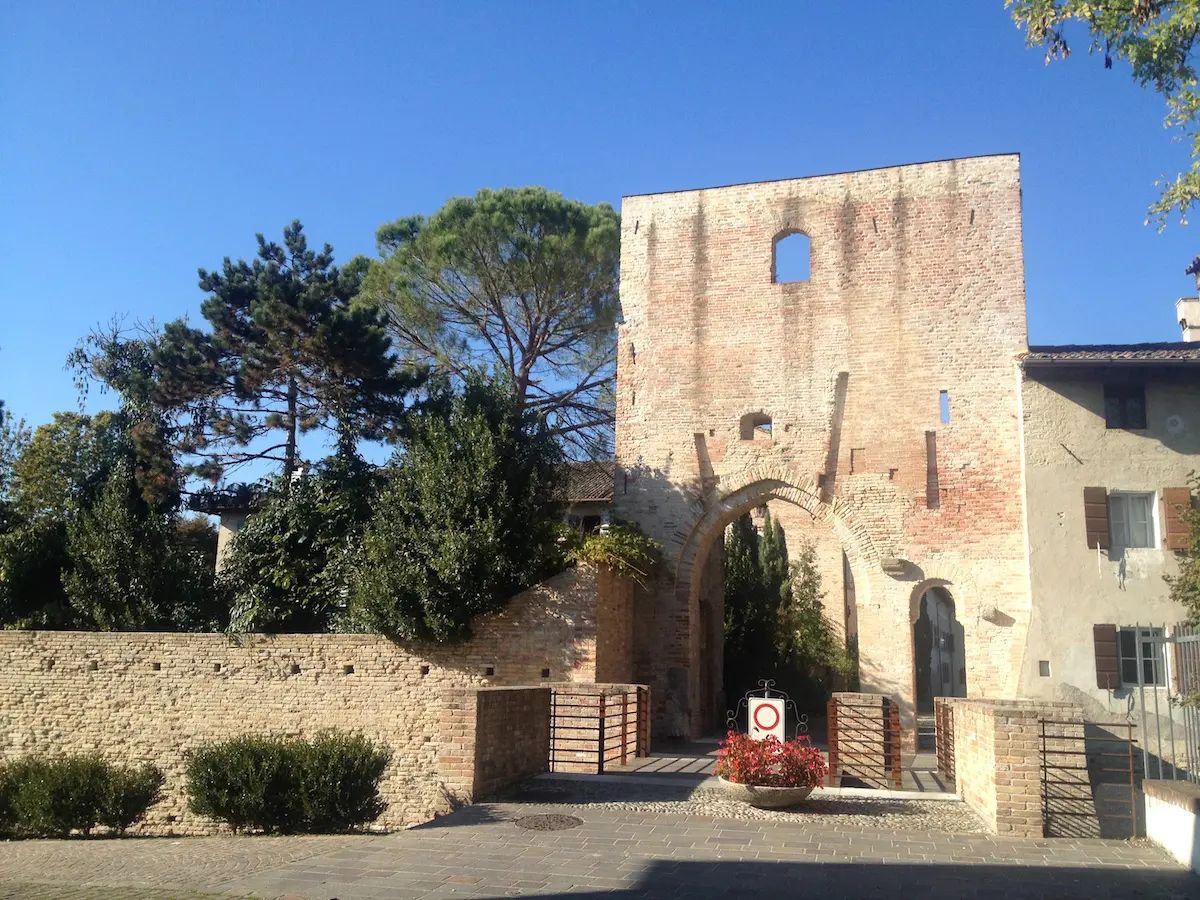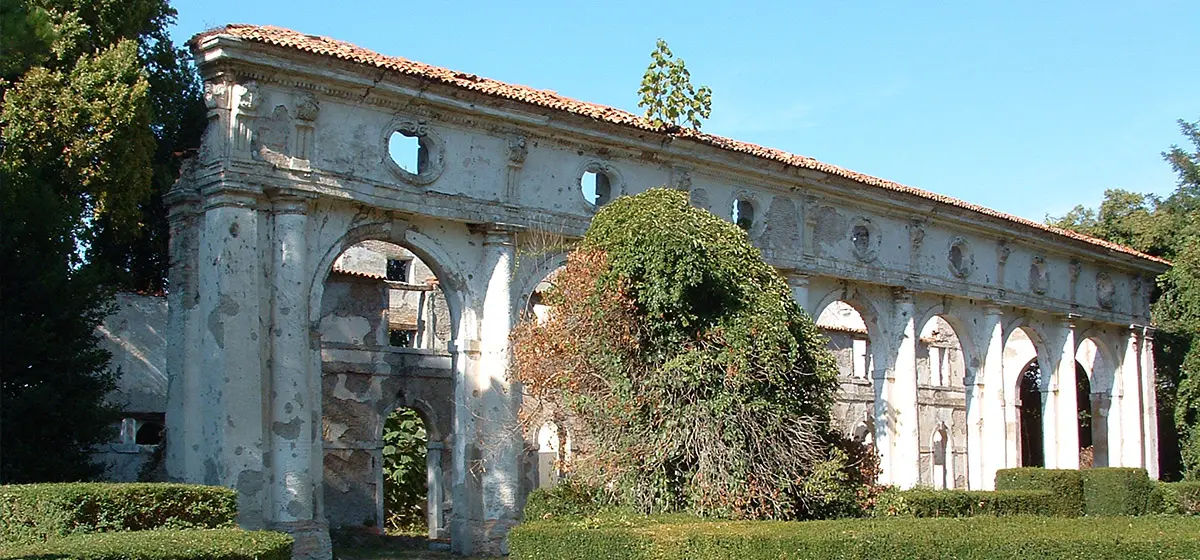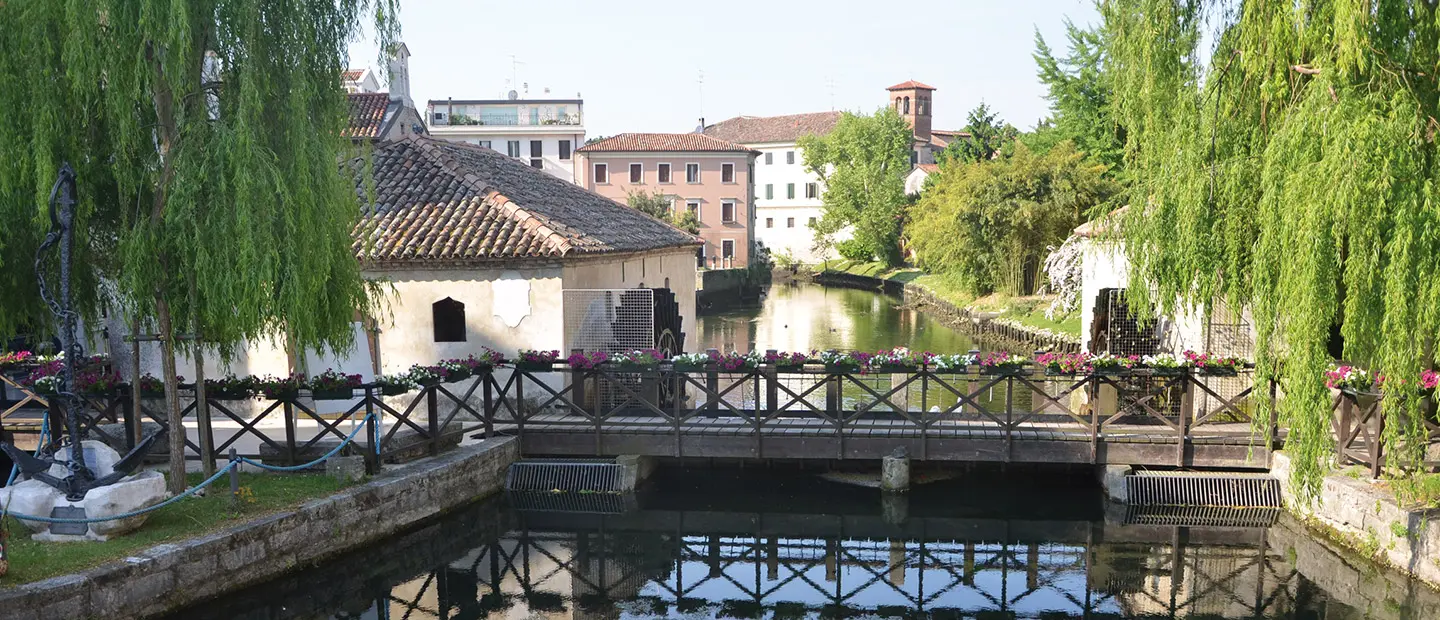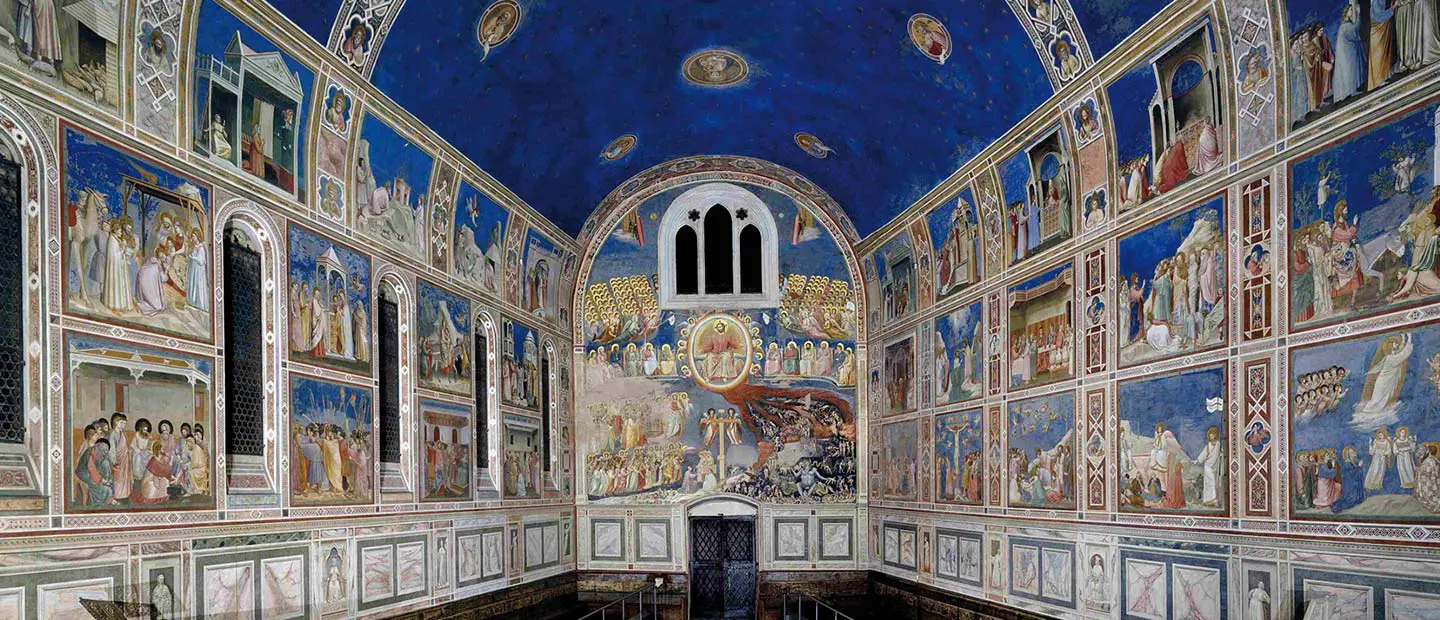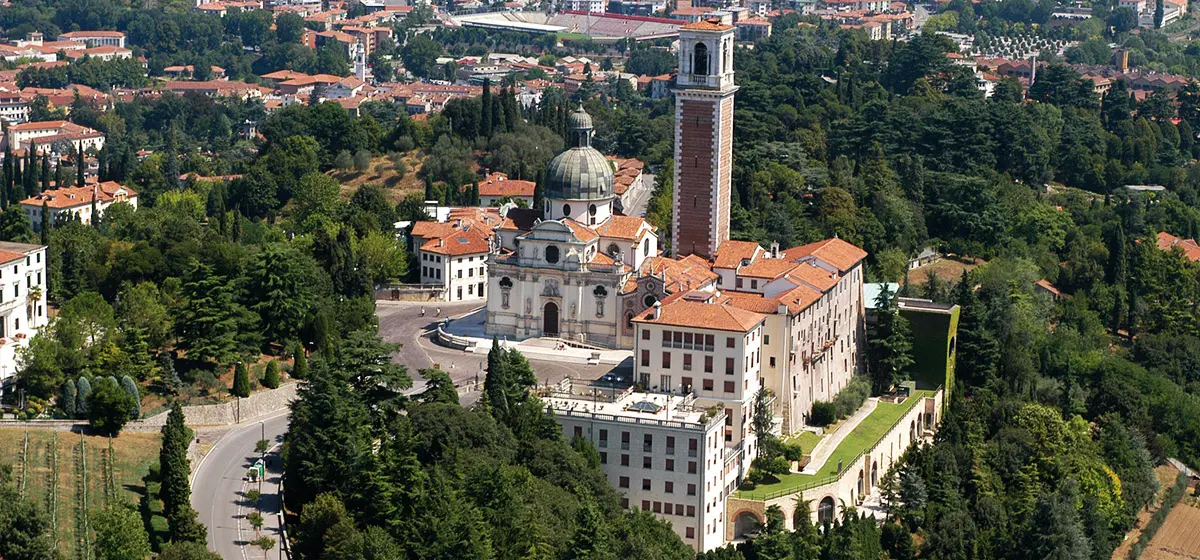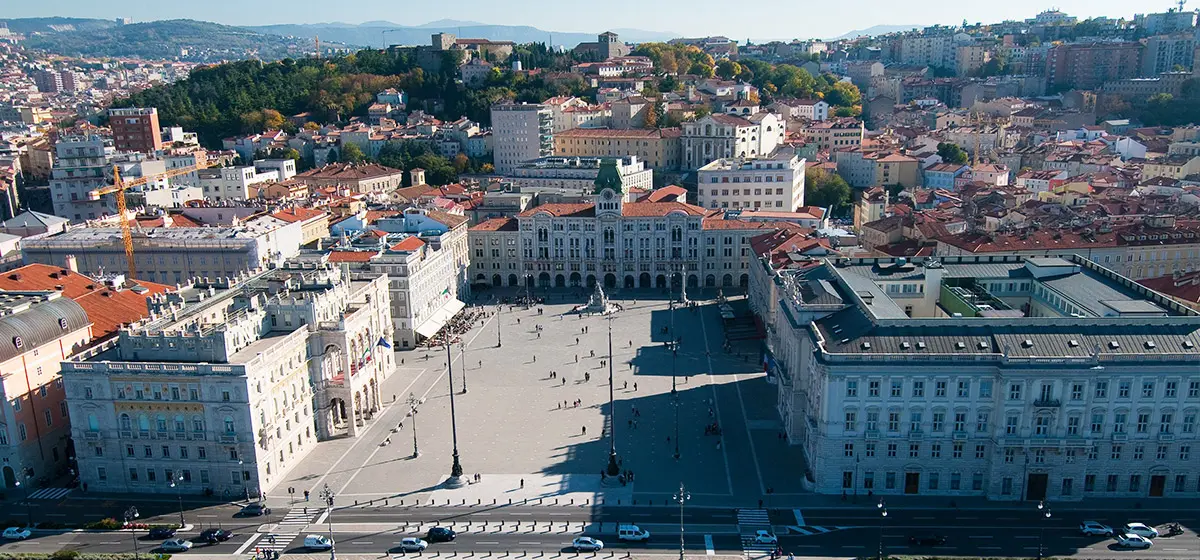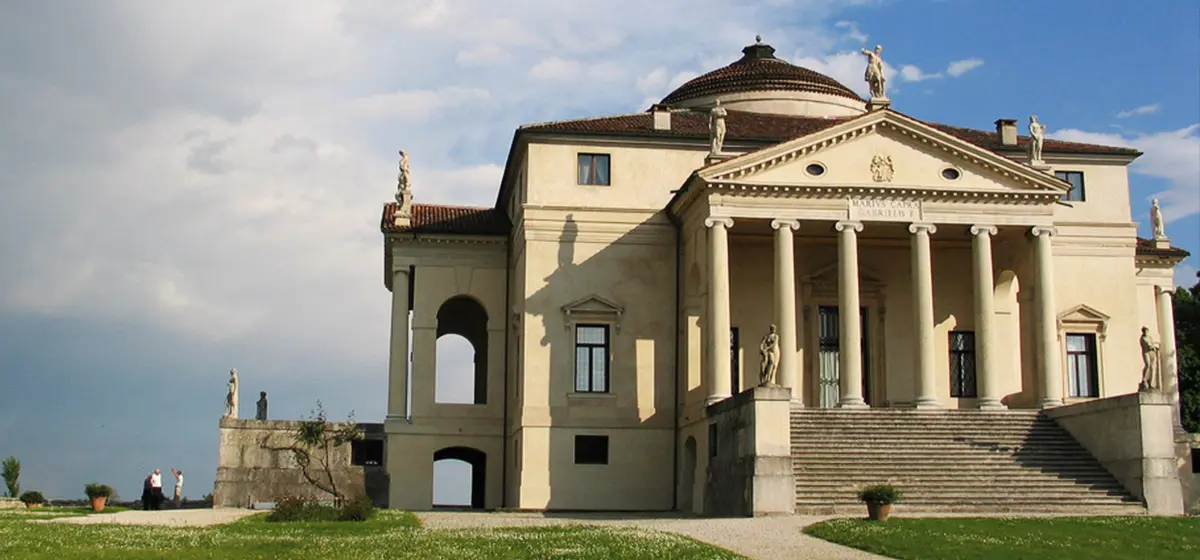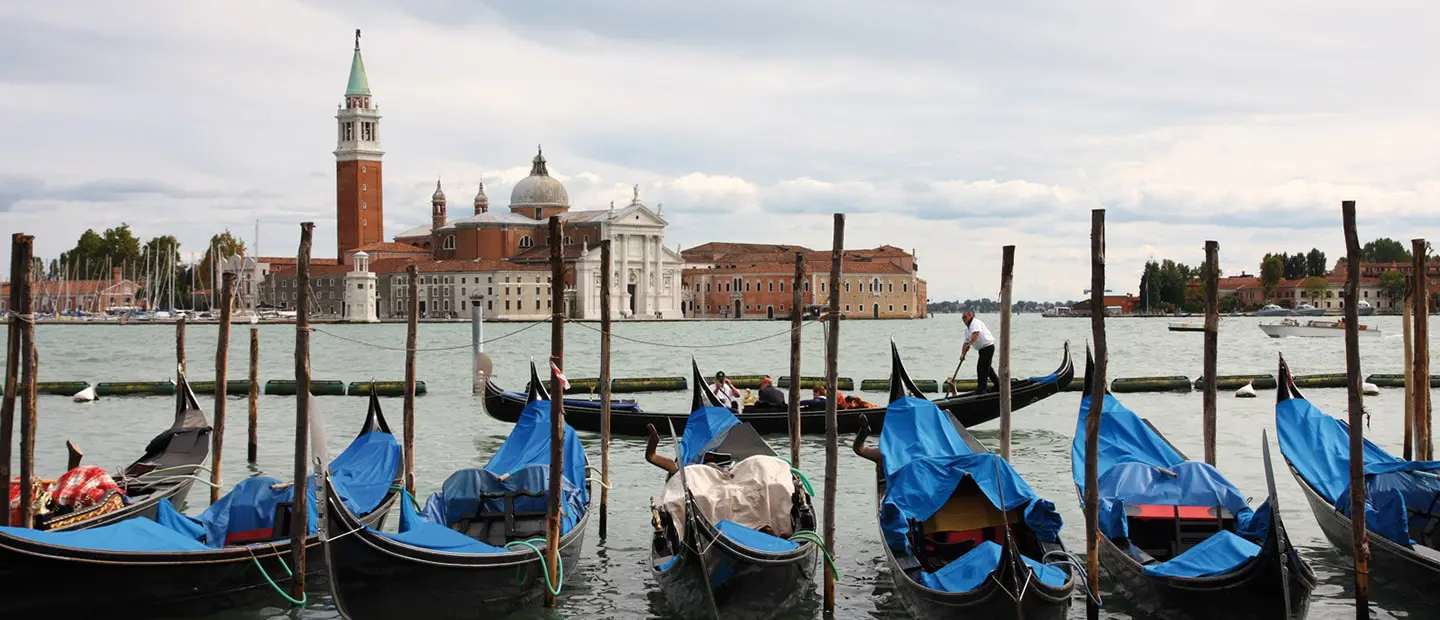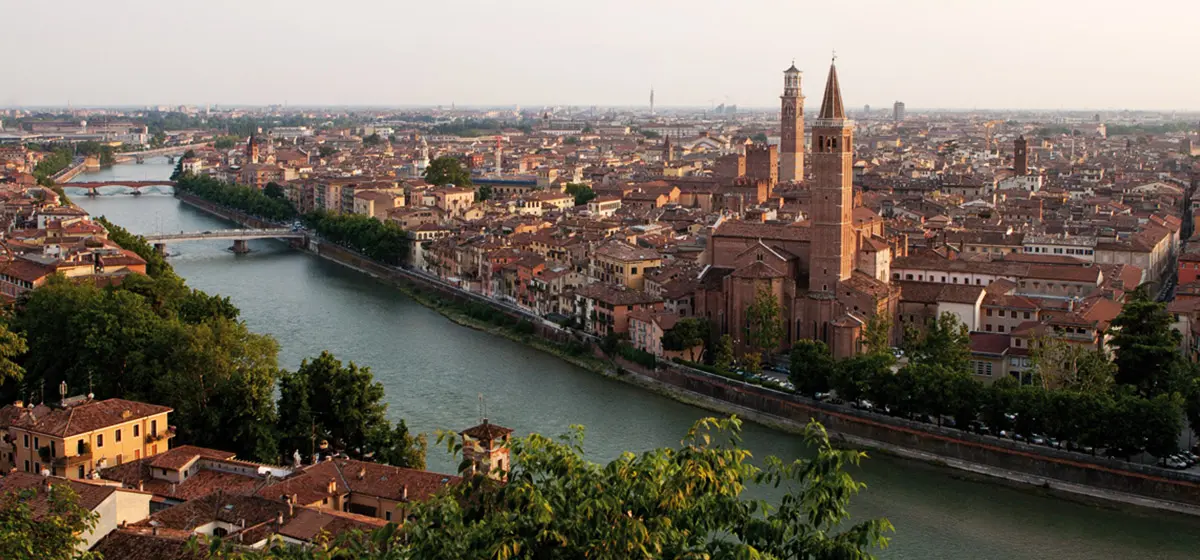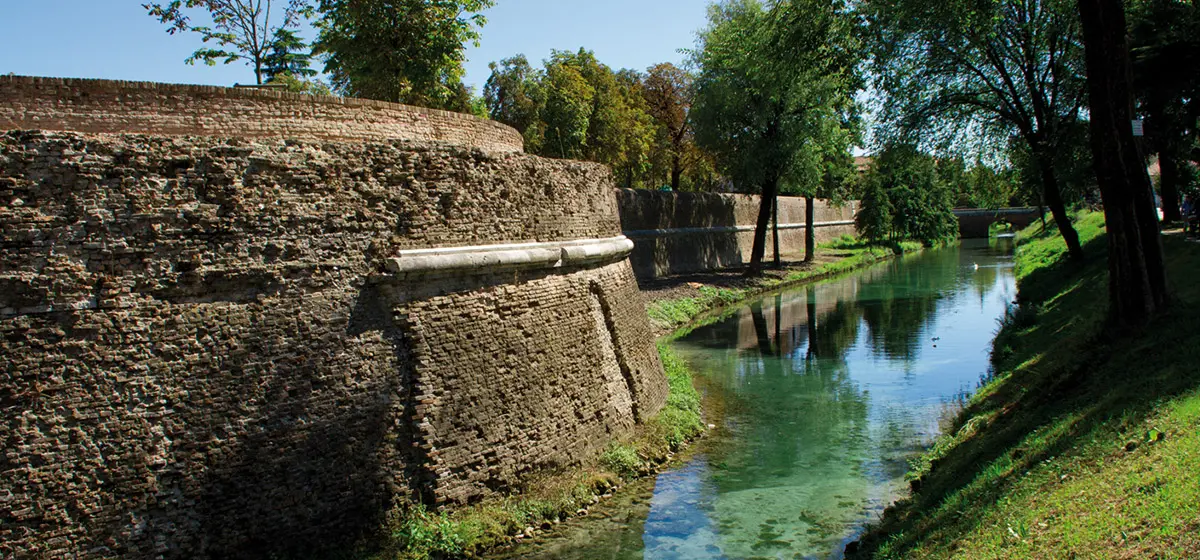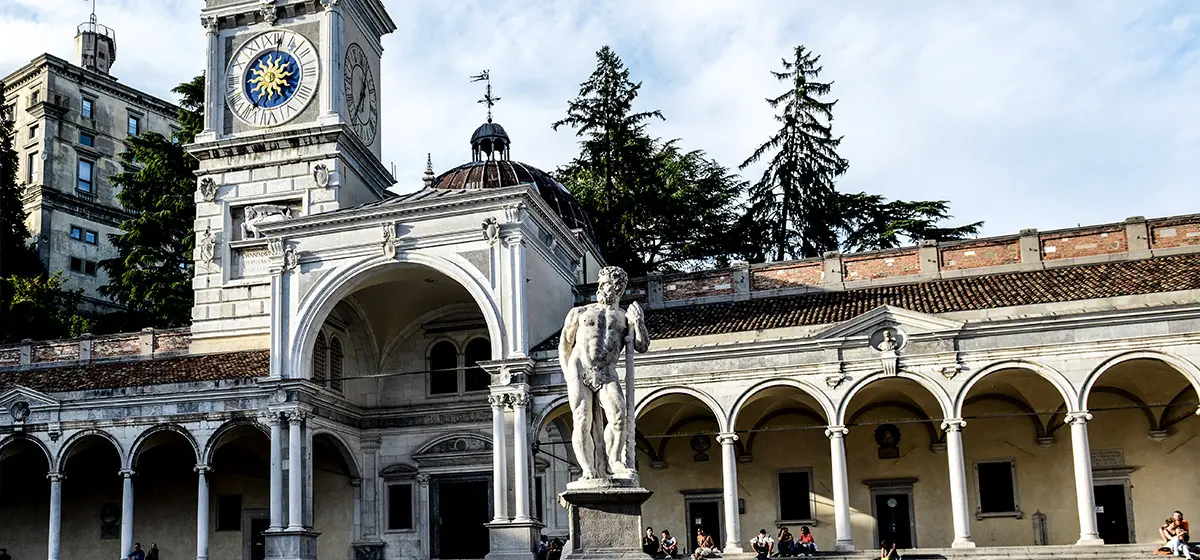Aquileia
A wonderful journey into the art and history of a place steeped in timeless charm.
Distance Bibione - Aquileia:
Leave Bibione along provincial road SP 74 heading towards the highway. At the end of the provincial road, turn right, cross the bridge over the Tagliamento River, go past the populated area of Latisana and head towards the highway tollbooth along state road SS 14; take the highway and follow the signs for Trieste; go through the Palmanova tollbooth, turn right and follow the signs for Cervignano del Friuli, Aquileia and Grado.
Aquileia, UD, Italia
Photo gallery
Other destinations
Discover enchanting places near Bibione: art, history and natural beauty to explore and admire.







